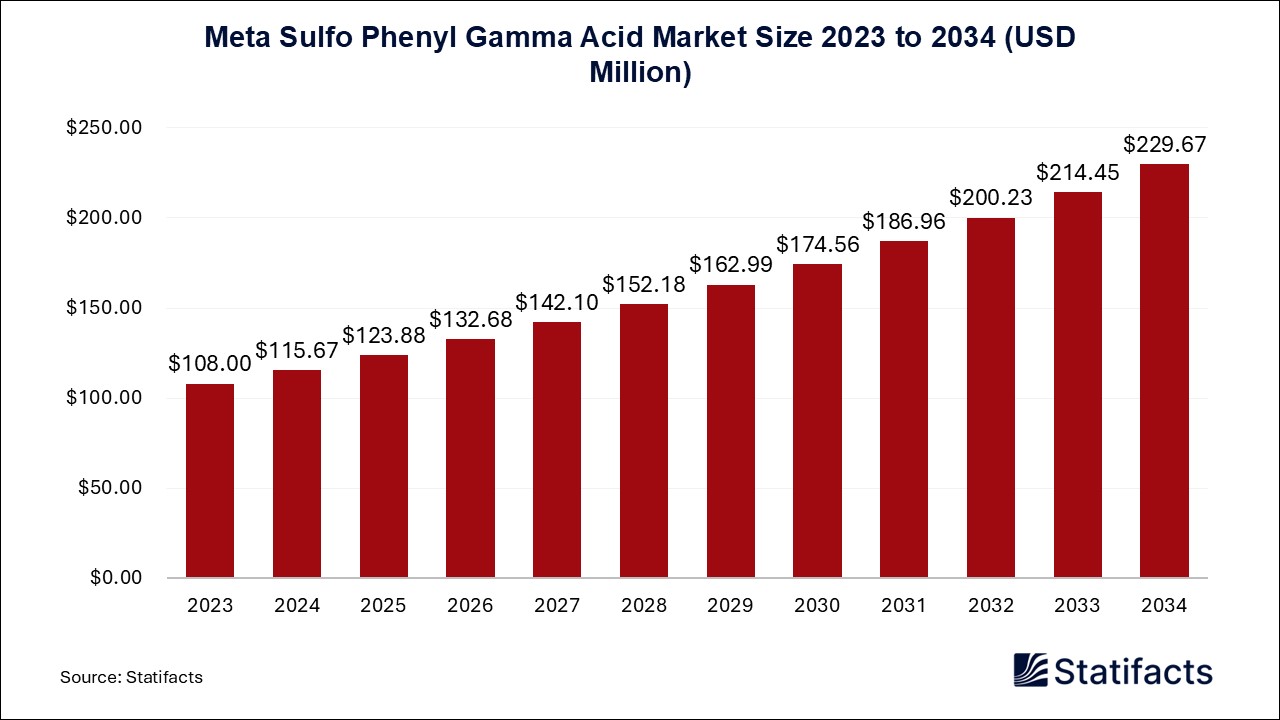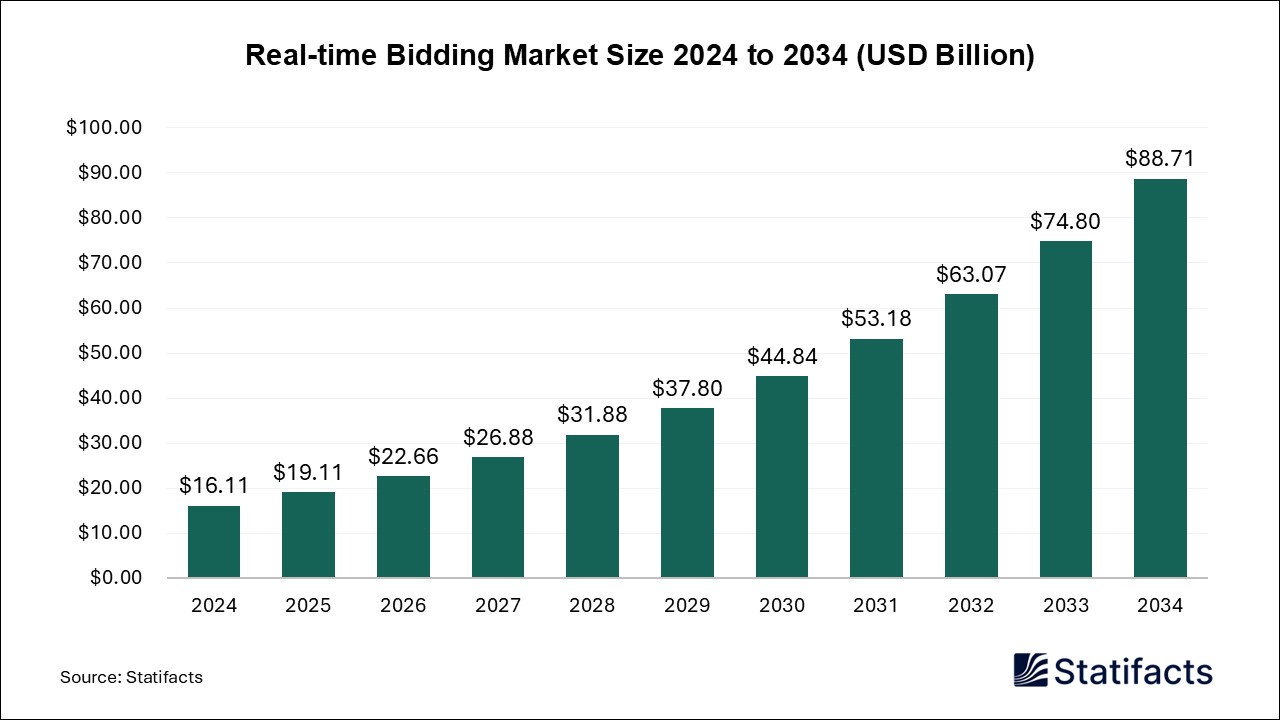

Our customers work more efficiently and benefit from
The global ophthalmic drug delivery systems market size was valued at USD 15.19 billion in 2024, and is anticipated to reach around USD 29.05 billion by 2034. It is expanding at a CAGR of 6.7% between 2025 and 2034.
| Industry Worth | Details |
| Market Size in 2024 | USD 15.19 Billion |
| Market Size in 2025 | USD 16.21 Billion |
| Market Size by 2034 | USD 29.05 Billion |
| Market Growth Rate from 2025 to 2034 | CAGR of 6.7% |
The ophthalmic drug delivery systems market is poised for growth, taking center stage as rapid lifestyle changes, longer lifespans, and increased screen exposure have increased the incidence of eye disorders, such as glaucoma, diabetic retinopathy, cataracts, and age-related macular degeneration. Increasing demand from ophthalmic companies is forcing pharmaceutical companies to invest in more innovative formulations that improve efficacy and lead to less frequent dosing.
The increasing incidence of ophthalmic diseases, including diabetic retinopathy, glaucoma, cataracts, and age-related macular degeneration, is a major driver of the ophthalmic drug delivery systems market. Prolonged screen exposure, especially since the advent of smartphones and personal computers, contributes to the rising cases of eye disorders. As a result, the demand for effective and targeted drug delivery systems has surged, prompting pharmaceutical companies to invest in novel formulations that enhance treatment efficacy and reduce dosing frequency.
Ophthalmic drug delivery technologies are undergoing a revolution due to various significant innovations, such as nanotechnology, microneedles, hydrogels, and in situ gelling systems. Along with the injection of long-acting formulations of drugs, also biodegradable implants are quickly finding their place at the forefront. Ongoing investment initiatives by pharmaceutical and biotechnological giants toward various research and development activities in producing more effective novel ophthalmic drug delivery systems. Collaboration between industry leaders and research institutes is giving an additional boost to advancing these innovative smear formulations. There are increased regulatory approvals for emerging novel, which is also a major factor assisting in the ophthalmic drug delivery systems market growth.
Despite advancements, the ophthalmic drug delivery systems market faces challenges related to drug penetration, bioavailability, and patient compliance. The unique anatomy of the eye, including tear production and rapid drug elimination, limits the efficacy of topical treatments. Additionally, some advanced drug delivery technologies, such as implants and sustained-release injections, come with high costs and require specialized administration, restricting their adoption in lower-income regions. Addressing these challenges through continued research and technological improvements is crucial for market growth.
Artificial intelligence is turning the ophthalmic drug delivery systems market on its head-aiding in drug discovery, forming optimal formulations, and introducing personalized treatments. One way AI helps precision medicine in ophthalmology is when artificial intelligence algorithms analyze the patient's data with the goal of predicting the expected outcome from a certain treatment related to it. AI-driven robotic systems are also increasingly utilized in ocular surgeries and drug administration, rendering more precise and effective results. It also enhances clinical trials through machine learning, making such processes faster and increasing the new ophthalmic drug delivery systems' developmental success rates. This integration of personalized medicine and gene therapy into ophthalmology indicates a significant market opportunity.
Advances in genomics and biomarker-based treatments will develop targeted drug delivery solutions aimed at individual patients that offer greater effectiveness and reduced toxicity profiles. There is going to be an increase in demand for biodegradable implants and smart drug delivery systems, as these types allow the controlled delivery of drugs over some time without frequent administration. The reintegration of bioresponsive hydrogels and nanoparticle-based carriers is expected to drive this next wave of market expansion. Untapped opportunities bide in burgeoning economies in Asia-Pacific and Latin America, given an improving healthcare infrastructure, rising disposable incomes, and increasing awareness of eye health. Therefore, ophthalmic drug delivery systems market players are focused on expanding their foothold in these regions to meet the growing demand for advanced treatments of ophthalmology.
Published by Laxmi Narayan , March 2025
By Technology
By Delivery Route
By Production Technology
By Material
For any questions about this dataset or to discuss customization options, please write to us at sales@statifacts.com
| Stats ID: | 8063 |
| Format: | Databook |
| Published: | March 2025 |
| Delivery: | Immediate |
| Price | US$ 1550 |




| Stats ID: | 8063 |
| Format: | Databook |
| Published: | March 2025 |
| Delivery: | Immediate |
| Price | US$ 1550 |

You will receive an email from our Business Development Manager. Please be sure to check your SPAM/JUNK folder too.

Unlock unlimited access to all exclusive market research reports, empowering your business.
Get industry insights at the most affordable plan
Stay ahead of the competition with comprehensive, actionable intelligence at your fingertips!
Learn More Download
Download

